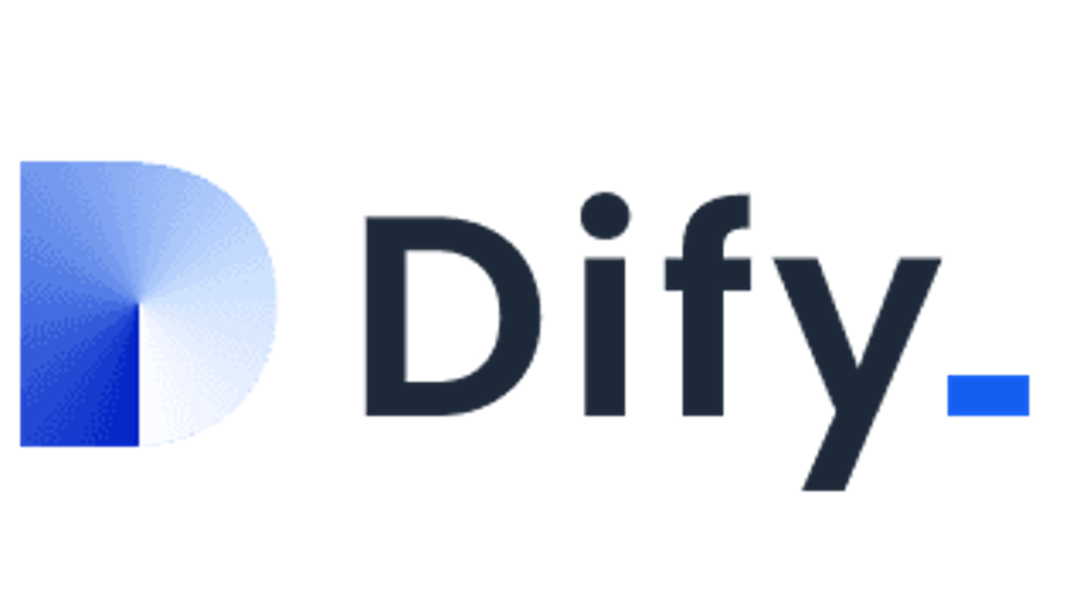Transforming Industries with MongoDB and AI: Telecommunications and Media
This is the second in a six-part series focusing on critical AI use cases across the manufacturing and motion, financial services, retail, telecommunications and media, insurance, and healthcare industries. Read part one here. The telecommunications industry operates in a landscape characterized by tight profit margins, particularly in commoditized communication and connectivity services where differentiation is minimal. With offerings such as voice, data, and internet access being largely homogeneous, telecom companies need to differentiate and diversify revenue streams to create value and stand out in the market. As digital natives disrupt traditional business models with agile and innovative approaches, established companies are not only competing among themselves but also with newcomers to deliver enhanced customer experiences and adapt to evolving consumer demands. To thrive in an environment where advanced connectivity is increasingly expected, telecom operators must prioritize cost efficiency in their Operations Support Systems (OSS) and Business Support Systems (BSS), elevate customer service standards, and enhance overall customer experiences to secure market share and gain a competitive edge. They’re not alone — media publishers, too, must streamline operations through automation while strengthening reader relationships to foster a willingness to pay for personalized and relevant content. MongoDB.local NYC Join us in person on May 2, 2024 for our keynote address, announcements, and technical sessions to help you build and deploy mission-critical applications at scale. Use Code Web50 for 50% off your ticket! Learn More Service assurance Telecommunications providers need to deliver network services at optimal quality and performance levels to meet customer expectations and service level agreements. Key aspects of service assurance include performance monitoring, quality of service (QoS) management, and predictive analytics to anticipate potential service degradation or network failures before they occur. With the increasing complexity of telecommunications networks and the growing expectations of customers for high-quality, always-on services, a new bar has been set for service assurance, requiring companies to invest heavily in solutions that can automate and optimize these processes and maintain a competitive edge. Service assurance is revolutionized by artificial intelligence (AI) through several key capabilities: Machine learning (ML) can be a powerful foundation for predictive maintenance, analyzing patterns, and predicting network failures before they occur, allowing for preemptive maintenance and significantly reducing downtime; AI techniques can also sift through complex network systems to accurately identify the root causes of issues, improving the effectiveness of troubleshooting efforts; and, with network optimization, analyzing log data to identify opportunities for improvement, raising efficiency and thus reducing operational costs and optimizing network performance in real-time. MongoDB Atlas’s JSON-based document model is the ideal data foundation to underpin intelligent applications. It enables developers to store log data from various systems without the need for time-intensive upfront data normalization efforts and with the flexibility to deal with a wide variety of different data structures, even as they change over time. By vectorizing the data with an appropriate ML model, it's possible to reflect the healthy system state and identify log information that shows abnormal system behavior. Atlas Vector Search allows for conducting the required K-Nearest Neighbors (KNN) search in an effective way and as a fully included service of the MongoDB Atlas developer data platform. Finally, using LLM, information about the error, including the analysis of the root cause, can be expressed in natural language, making the job of understanding and fixing the problem much easier for the staff who are in charge of maintenance. Fraud detection and prevention Telecom providers today are utilizing an advanced array of techniques for detecting and preventing fraud, constantly adjusting to the dynamic nature of threat actors. Routine activities for detecting fraud consist of tracking unusual call trends and data usage, along with safeguarding against SIM swap incidents, a method frequently used for identity theft. To prevent fraud, strategies are applied at various levels, starting with stringent verification for new customers during SIM swaps or for transactions with elevated risk, taking into account the unique risk profile of each customer. Machine learning offers telecommunications companies a powerful tool to enhance their fraud detection and prevention capabilities by training ML models on historical data like call detail records (CDR). Moreover, these algorithms can assess the individual risk profile of each customer, tailoring detection and prevention strategies to their specific patterns of use. The models can adapt over time, learning from new data and emerging fraud tactics, thus enabling real-time detection and the automation of fraud prevention measures, reducing manual checks, and speeding up response times. To succeed in fraud detection, many data dimensions need to be considered, making the reaction time a critical factor in preventing the worst things from happening. So, the solution must also support fast, sub-second decisions. By vectorizing the data with an appropriate ML model, normal (healthy) business can be defined, and in turn, deviations from the norm identified, such as suspicious user activities. In addition to Atlas Vector Search, the MongoDB Query API supports stream processing, simplifying data ingestion from various sources and detecting fraud in real-time. Content discovery Today’s media organizations are expected to offer a high degree of content personalization, from streaming services to online publications and more. Viewers want intelligently selected and suggested content tailored to their interests. Using AI can significantly enhance the process of suggesting the next best article to read or show to stream. The most powerful implementations of content personalization track the behavior of the user, such as what content was searched for, how long was content displayed before the next click happened, and the categories the search falls under. Based on these parameters, similar content can be presented, or, as an alternative strategy, content from unseen areas of the portal so the user may discover new types of media and decide if they like it. To bring the right content to the right people at the right time, an automated system needs to maintain a multitude of information facets, which will lay the foundation for proper suggestions. With MongoDB and its document model, all required data points can be easily and flexibly stored in a user’s profile, in content, and in media. Ultimately, by vectorizing the content, an even more powerful system of content suggestions can be built with Atlas Vector Search, which allows for a similarity search that goes well beyond comparing just keywords or a list of attributes. Other notable use cases Differential Pricing: Gather insights into what customers are willing to spend on content or a service by conducting A/B tests and analyzing the data with an ML algorithm. This method facilitates the adoption of dynamic pricing models instead of sticking to a standard price list, thereby enhancing revenue and increasing the paying customer base. Content Summarization and Reformatting: Design a smart assistant tailored for writers, capable of providing automatic suggestions for content summaries, identifying suitable SEO keywords, and adapting articles for various specific audiences. Search Generative Experiences (SGE): Provide more dynamic, personalized, and contextually relevant search results, thus making information retrieval not only more efficient but also more engaging and useful. This can include personalization and summarization elements, as well. In conclusion, the telecommunications industry faces challenges of differentiation and revenue diversification amidst commoditized services and disruptive market forces. To thrive, telecom operators must prioritize cost efficiency, elevate customer service, and enhance experiences. Leveraging AI, MongoDB Atlas offers solutions like service assurance, fraud detection, and content discovery, empowering companies to navigate the complexities of the digital landscape, innovate, and deliver value-added services. From predictive maintenance to personalized content recommendations, MongoDB Atlas stands as a foundational tool for telecom and media companies, driving efficiency, agility, and competitiveness in a rapidly evolving market. Learn more about AI use cases for top industries in our new white paper, “How Leading Industries are Transforming with AI and MongoDB Atlas.”
本文介绍了人工智能在电信行业的关键应用案例,包括预测性维护、网络性能优化、欺诈识别、个性化内容推荐等。MongoDB Atlas为电信和媒体公司提供解决方案,提高效率、灵活性和竞争力。






